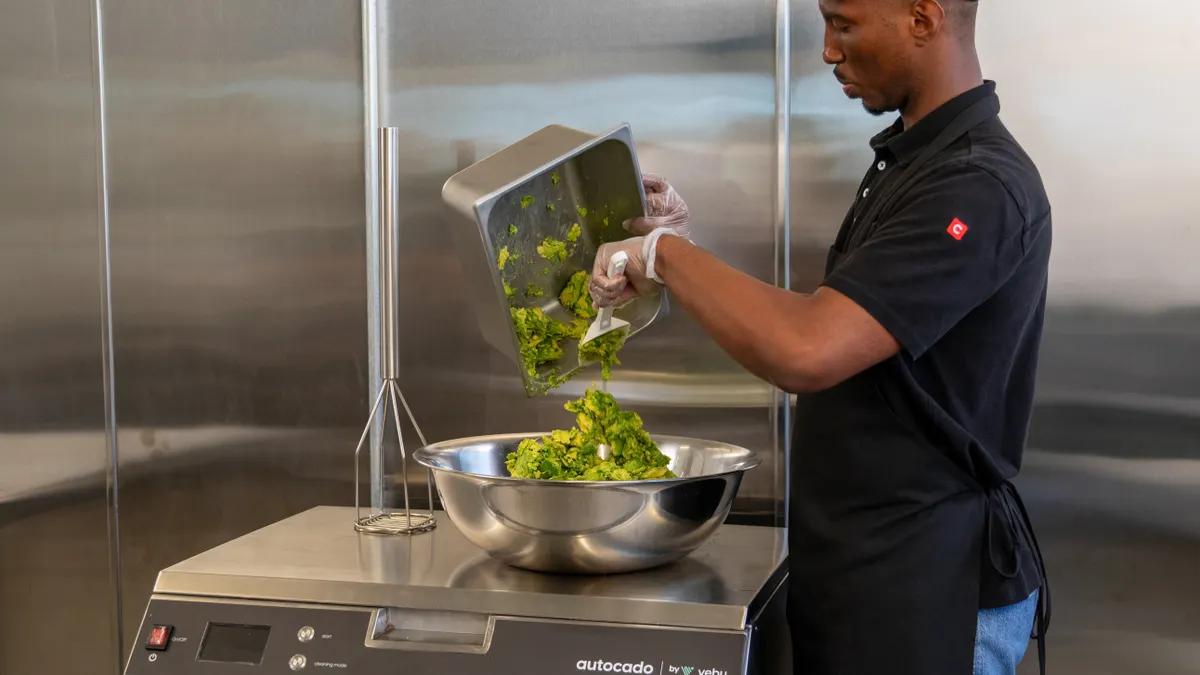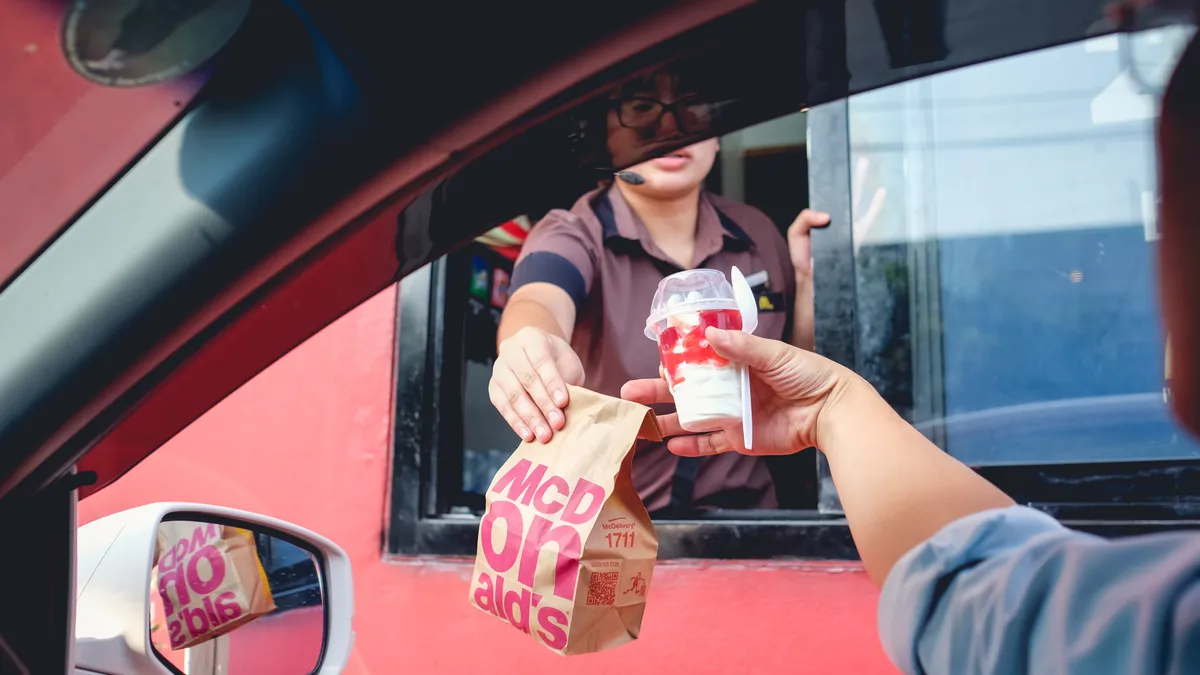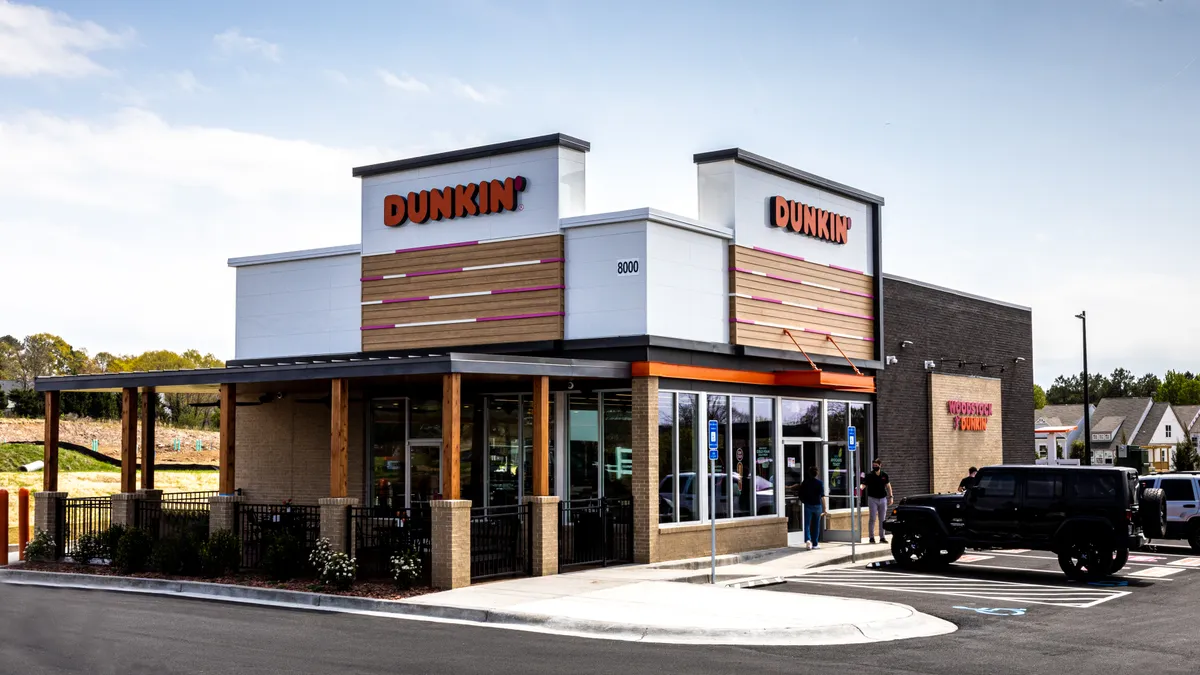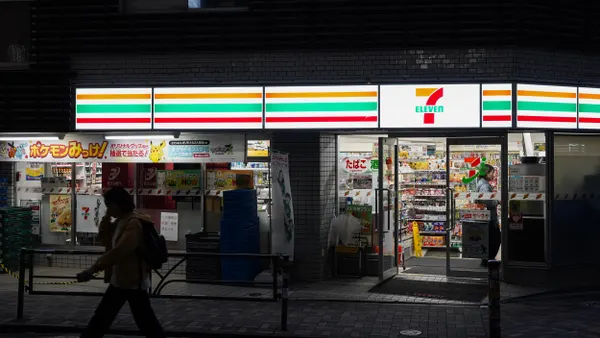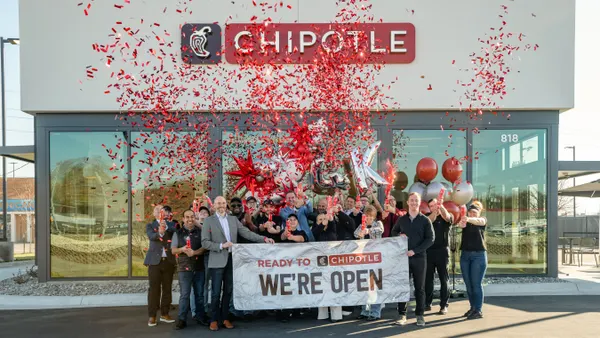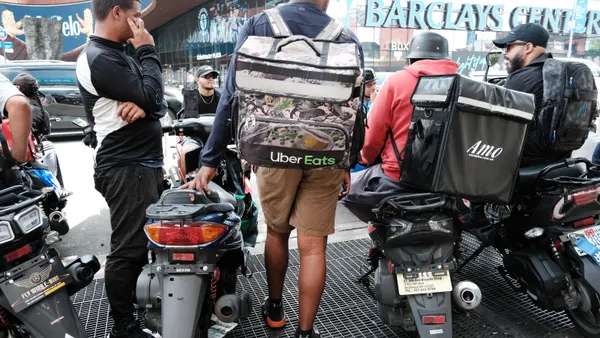Dive Brief:
- Chipotle will roll out a high-efficiency equipment package aimed at improving consistency, food quality and prep efficiencies, CEO Scott Boatwright said Wednesday during an earnings call. The package includes a dual-sided plancha grill, three-pan rice cooker and a high-capacity fryer.
- The company is using a stage-gate deployment approach and expects that the package will be installed in hundreds of restaurants by year’s end, including new restaurants opened during the fourth quarter, Boatwright said. The rollout could be accelerated later this year, but should take about three years to be complete across existing restaurants.
- In addition to improved throughput, Boatwright said the package “could unlock additional growth platforms for our business like catering.”
Dive Insight:
If Chipotle goes all in on catering, it could become a fast-growing channel for the chain. Other brands that have ramped up catering in recent years have found the channel yields high-ticket orders that are typically highly profitable. Catering orders often come with significant lead time, allowing managers to better plan out labor needs. This channel could also help boost Chipotle’s same-store sales overall, which declined in the first two quarters of the year, taking a 4% dip in Q2.
Chipotle will initially test catering in a subregion of about 60 restaurants, Boatwright said. That test will include the new equipment package that will “expedite prep and increase capacity.” These restaurants will also use a new technology stack that can better balance restaurant orders, and undertake a marketing initiative to drive awareness for catering.
“Our goal is to scale the catering business within our restaurants without disrupting the core operations,” Boatwright said. “With catering at just about 1% to 2% of sales versus our peers, who are at 5% to 10%, we think this could be a big opportunity longer term.”
In the meantime, the chain will continue to focus on improving equipment throughout its restaurants. It already completed the deployment of produce slicers across all of its system, which led to improvements in back of house tasks, making it easier for teams to complete prep work on time.
“We didn't remove any hours when it came to produce slicers,” Boatwright said. “We invested that back into the restaurant so that they can really make sure that we're [getting] everything done at prep, so that they can take their meal breaks and be fully deployed at lunch. But the efficiencies that they're driving is allowing these teams to get much better on their labor execution, and that drove around 20 basis points of efficiencies in Q2 alone.”
The company recently opened a new restaurant innovation space, where it is working on “emergent technology,” like its high-efficiency equipment package, its augmented digital makeline, Autocado and a computer vision system. The space will help the chain identify the best technologies to boost operations, enhance its culinary offerings, improve the team and guest experience and create higher restaurant returns, Boatwright said.
Equipment investments are expected to reduce required labor by two to three hours a week, roughly 3% in labor savings, BTIG analyst Peter Saleh said in an emailed report, adding that this “could be a conservative estimate.”
“We expect these investments to help drive margin improvement, consistency and speed of service,” Saleh said. “Recall that the dual-sided grill cuts cook times by nearly 70%, cooking chicken (60% of entrées) in 4 minutes vs. 12 previously.”



